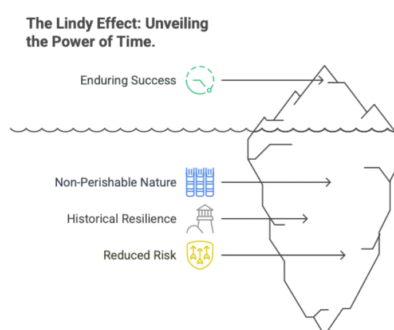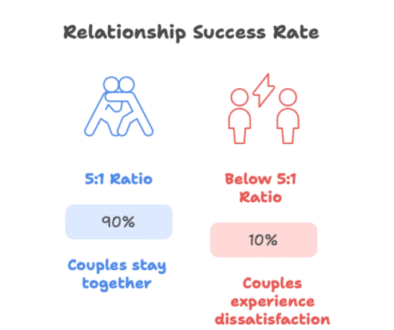Anchoring Effect Awareness: How First Impressions Skew Your Decisions
We like to think we make rational choices, but our brains rely on mental shortcuts—often without us realizing it. One of the most powerful (and deceptive) of these is the anchoring effect, where the first piece of information we hear heavily influences our subsequent judgments.
In this blog, we’ll explore:
✔ What the anchoring effect is (with real-world examples)
✔ Why it leads to irrational financial, shopping, and negotiation choices
✔ How to recognize and reduce its influence
✔ Practical strategies to make more objective decisions
What Is the Anchoring Effect?
The anchoring effect is a cognitive bias where people rely too heavily on the first piece of information offered (the “anchor”) when making decisions. Even irrelevant numbers can unconsciously shape our perception of value.
Classic Examples of Anchoring in Action:
💰 Pricing Tricks – A $1,000 watch seems “cheap” next to a $5,000 one, even if its true value is $500.
🛒 Retail Strategies – “Was $99, now $49!” makes the $49 price feel like a steal—even if the product was never worth $99.
⚖ Salary Negotiations – The first number mentioned sets the tone for the entire discussion.
Why the Anchoring Effect Is Dangerous
1. Leads to Poor Financial Decisions
-
Investors hold onto losing stocks because they’re anchored to the price they paid.
-
Homebuyers overpay when the listing price is artificially high.
2. Manipulates Consumer Behavior
-
Restaurants list an expensive “anchor” dish to make other options seem reasonable.
-
“Limited-time offers” create urgency based on an arbitrary reference point.
3. Skews Legal & Medical Judgments
-
Judges give harsher sentences when prosecutors suggest higher numbers.
-
Doctors misdiagnose when fixated on initial symptoms.
How to Recognize & Reduce Anchoring Bias
1. Be Aware of Initial Numbers
-
Ask: “Is this anchor relevant, or just arbitrary?”
-
Example: When buying a car, research fair market value before hearing the dealer’s price.
2. Reset Your Mental Anchors
-
In negotiations, make the first offer (if you’re informed).
-
If you’re presented with an anchor, consciously ignore it and reassess.
3. Use Comparative Analysis
-
Compare multiple options independently.
-
Example: When investing, evaluate a stock based on fundamentals—not just its past price.
4. Introduce Deliberate Delays
-
Sleep on big decisions to detach from initial anchors.
-
Example: Wait 24 hours before buying something “on sale.”
Real-World Cases of Anchoring
✅ Amazon’s Pricing Strategy – Shows “list price” next to their price to make discounts seem larger.
✅ Stock Market Overreactions – Traders panic-sell when a stock drops 10%, anchored to its previous high.
✅ Real Estate Tricks – Agents show overpriced homes first to make others appear more affordable.
Final Thought: Detach from False Reference Points
Anchoring is everywhere—but awareness weakens its grip. By questioning first impressions, seeking independent data, and slowing down decisions, you can make choices based on reality, not manipulation.
As Daniel Kahneman, Nobel-winning psychologist, warns:
“The initial anchor has a lasting effect, even when it’s completely random.”



